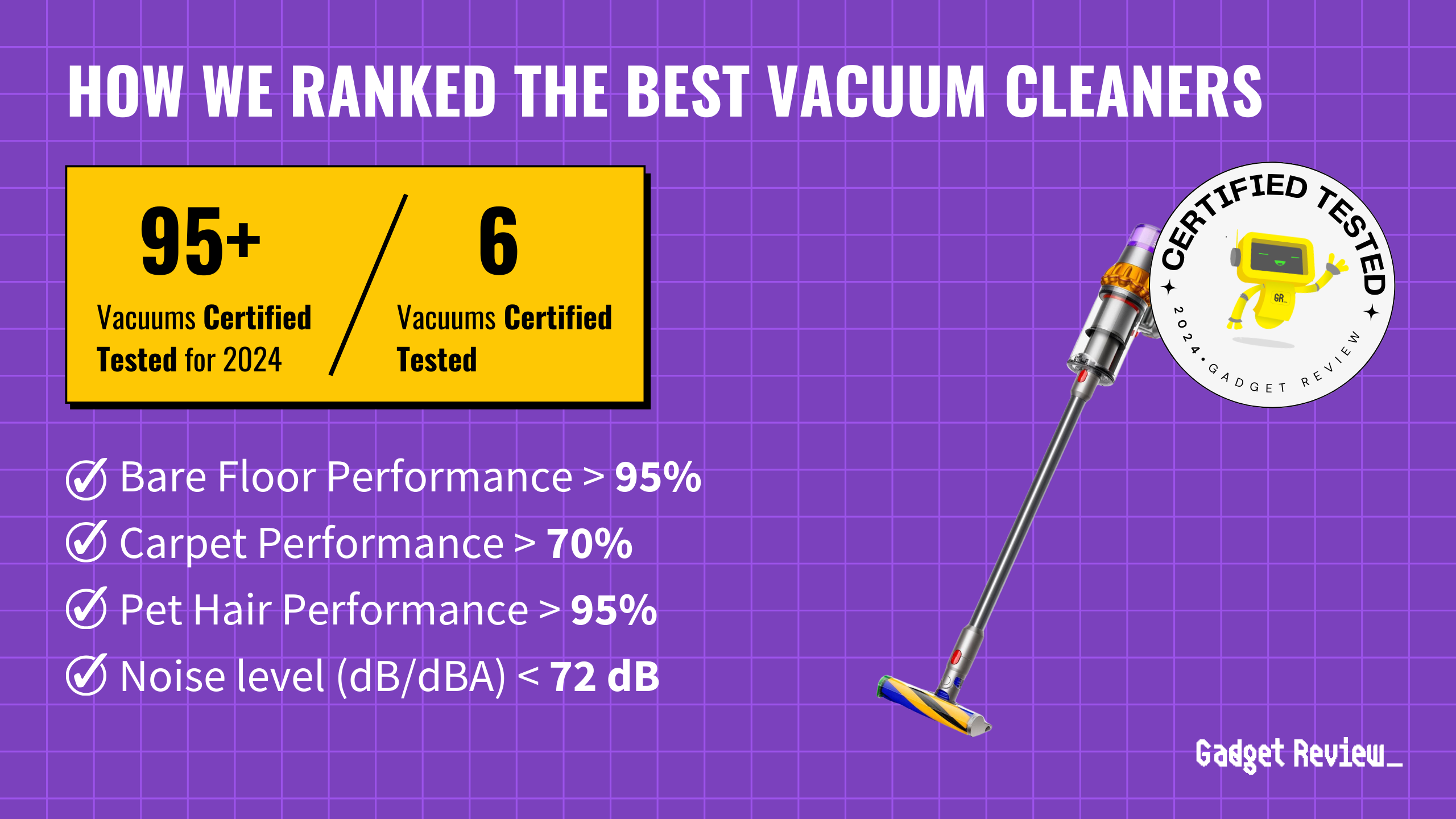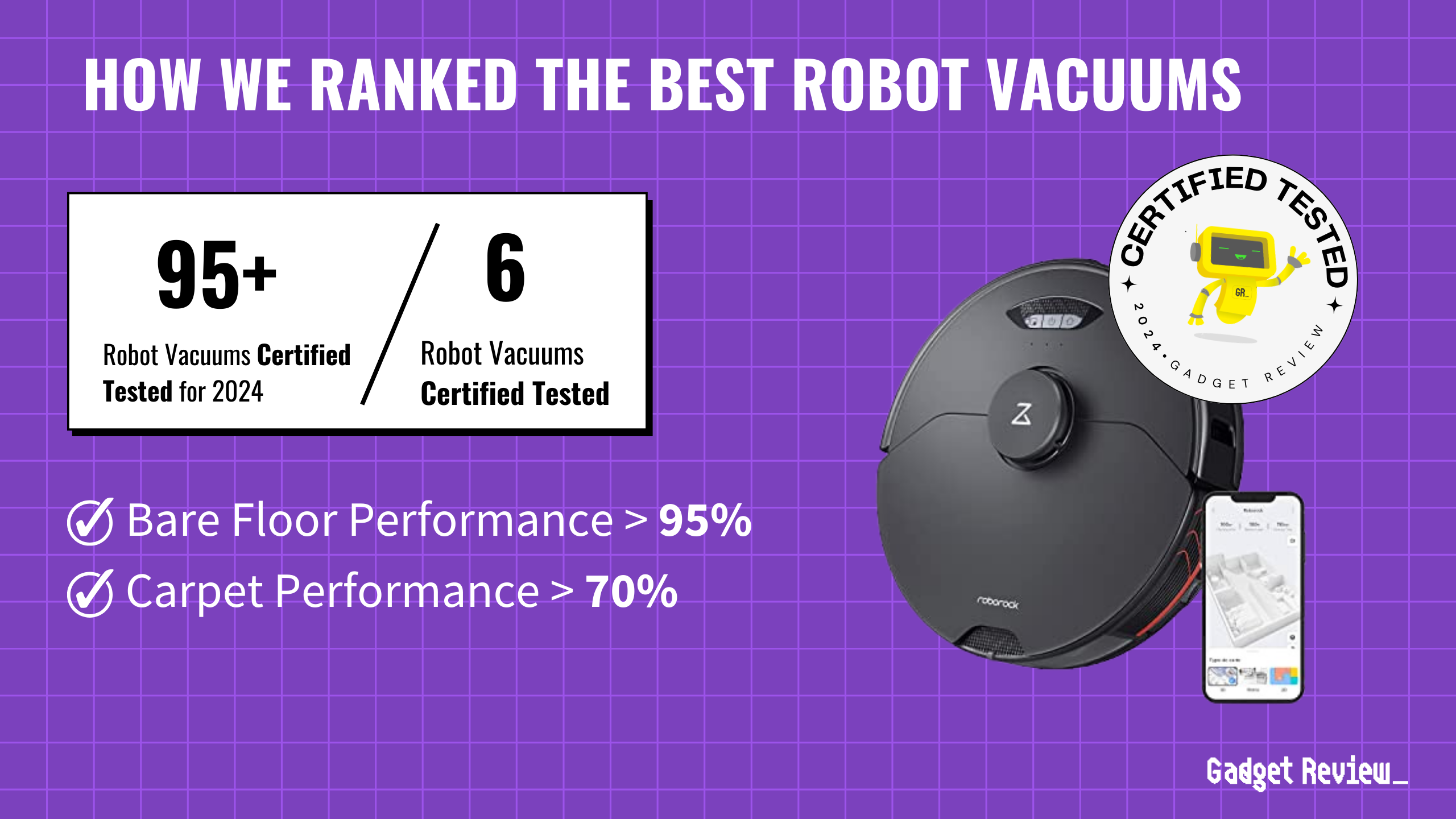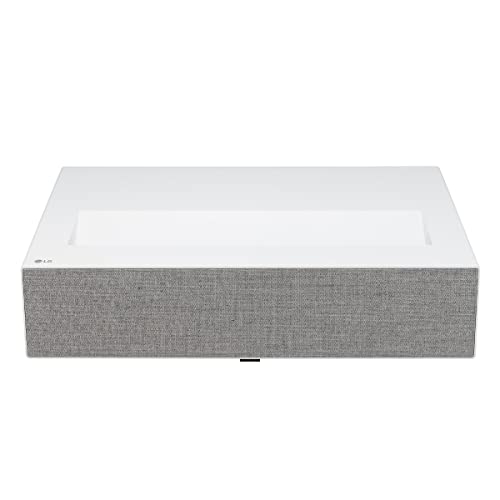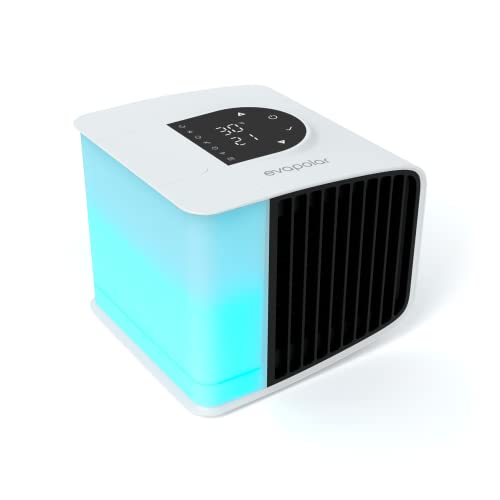Why it matters: REMspace, a neurotechnology company specializing in sleep enhancement and lucid dreaming, has announced what they claim to be the first-ever successful communication between people in lucid dreams. If verified, this development could have significant implications for sleep research, mental health therapies, and our understanding of consciousness.
The breakthrough experiment: On September 24, 2024, REMspace reportedly conducted an experiment where participants exchanged a simple message while in a lucid dream state.
- A server detected when the first participant entered a lucid dream and sent a random word in “Remmyo,” a dream language developed by REMspace.
- The participant repeated the word in their dream, which was captured and stored.
- Eight minutes later, a second participant received and confirmed the message upon awakening.
Michael Raduga, CEO of REMspace, stated: “Yesterday, communicating in dreams seemed like science fiction. Tomorrow, it will be so common we won’t be able to imagine our lives without this technology. This opens the door to countless commercial applications, reshaping how we think about communication and interaction in the dream world. That’s why we believe that REM sleep and related phenomena, like lucid dreams, will become the next big industry after AI.” (Businesswire)
The technology behind the breakthrough: The Debrief points out that REMspace has developed several innovative technologies to facilitate lucid dreaming and dream communication:
- Facial electromyography sensors to decode specific sounds made in dreams.
- Equipment for tracking brain waves and polysomnographic data remotely.
- Intelligent sleeping masks and a platform for sharing dream journals.
Potential applications: REMspace suggests that lucid dreaming could have diverse applications:
- Mental health therapies, including reducing nightmares and confronting phobias.
- Skill acquisition and problem-solving during sleep.
- Enhanced integration between dream worlds and physical reality.
Looking ahead: REMspace aims to enable real-time communication in lucid dreams within the next few months. The company believes that REM sleep and related phenomena could become the next big industry after AI.
Caution and verification needed: While these claims are intriguing, it’s important to note that REMspace’s results have not yet been peer-reviewed or independently verified. The scientific community will need to scrutinize these findings before drawing definitive conclusions. As REMspace continues to push the boundaries of lucid dream research, their work raises fascinating questions about the nature of consciousness, the potential of the human mind, and the future of sleep technology. If their claims are substantiated, we may be on the cusp of a new era in dream exploration and utilization.



























